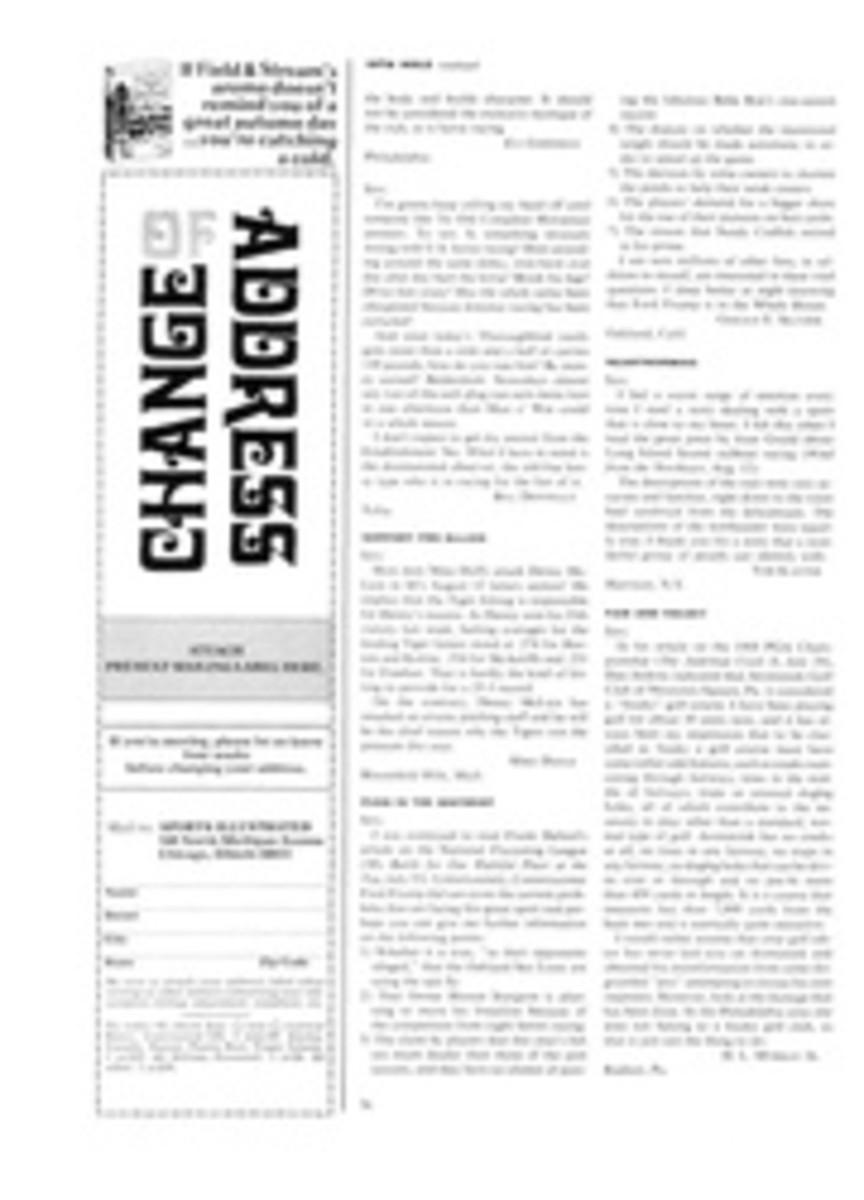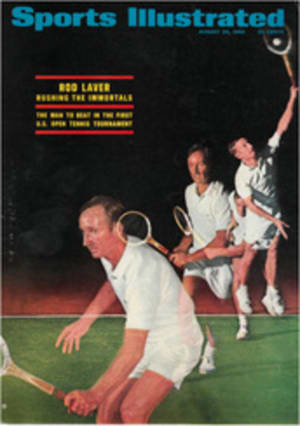
First Perfect Game in the Major Leagues
Much of the drama of a "perfect" baseball game involves its total unpredictability, and perhaps none of the 10 perfect games pitched in the major leagues was more unlikely than the first to make the record books, the one thrown by John Lee Richmond on June 12, 1880.
Richmond, a lefthander, had just turned 23 and was about to graduate from Brown University when he pitched for Worcester against Cleveland that day in a National League game at Worcester's Fair Grounds. Richmond had come to Brown from Ohio and in 1879 he pitched his team to the college championship, beating Yale in the climactic contest through diligent use of his chief asset, a good curveball that was still a bit of a novelty. It was well he had the curve. The pitcher in those times, college and professional, made an underhand throw, and the batter, among other advantages granted him, was allowed to state where in the strike zone he preferred to have each pitch. Even then there were those who doubted that a ball could be made to curve, but Richmond once put on a demonstration for the Brown faculty to show that he truly pitched with "a curved delivery."
In the season of 1879, his junior year in college, Richmond first came to the attention of the major leaguers when he pitched two no-hit games. One was on June 2, when he was invited to pitch for the Worcester team—then in the minors—against Pop Anson's Chicago White Stockings, the reigning major league team of the era. Richmond allowed them only one base on balls in a game called because of rain after seven innings. Six weeks later he pitched a nine-inning no-hitter against Springfield in Worcester's own league.
In 1880 Worcester moved up for the first of the three seasons it would be represented in the National League. Richmond elected to forgo his last year of college ball and signed to pitch for Worcester whenever classroom work would permit until graduation and full time thereafter.
On June 10, a Thursday, Richmond pitched his team to victory in the first game of a series with Cleveland, then took a train from Worcester to Providence to join his classmates in their commencement festivities. Friday evening's program consisted of the senior-class supper at a downtown Providence establishment called the Music Hall, and it went on through the night. Richmond caught a morning train for Worcester and his Saturday afternoon assignment against Cleveland.
Richmond, as usual, was not overpowering, striking out only five, but he obviously had his good stuff working despite his lack of rest. Only three balls went past the infield. Fred Corey caught one of them in center field. Alonzo Knight, in right, took a foul fly just outside the line in his territory. The other one made up the outstanding play that, almost traditionally, every no-hit pitcher gets behind him on the way to his feat.
It happened in one of the middle innings, and it was Alonzo Knight's doing. Cleveland's Bill Phillips drilled a ball into Knight's area. Instead of fielding it and tossing to second to hold the runner, Knight charged the ball and fired it underhand to Jim Sullivan at first base, and Phillips was called out by the umpire, Foghorn Bradley.
Worcester scored its run in the fifth inning. Fred Irwin started things with his second hit, one of only three that Worcester got off Cleveland's manager and star pitcher, James McCormick (Richmond got the other). Irwin eventually scored when Cleveland's rookie second baseman, Fred (Sure Shot) Dunlap, made two errors on a potential double-play ball. It was the only run Richmond needed.
After the eighth inning a five-minute cloudburst halted play and left the field thoroughly soaked. Even this didn't trouble Richmond. With a heap of sawdust beside him on the mound to help keep the ball dry, he finished off the job without incident.
Richmond played four more seasons in the majors and during the same period was a medical student at the University of the City of New York (now NYU). After he received his degree he was a practicing physician in Ohio for a decade. Then he turned to education and had a distinguished career in Toledo, first at the high-school level and then at the University of Toledo. He died in 1929 at the age of 72.

